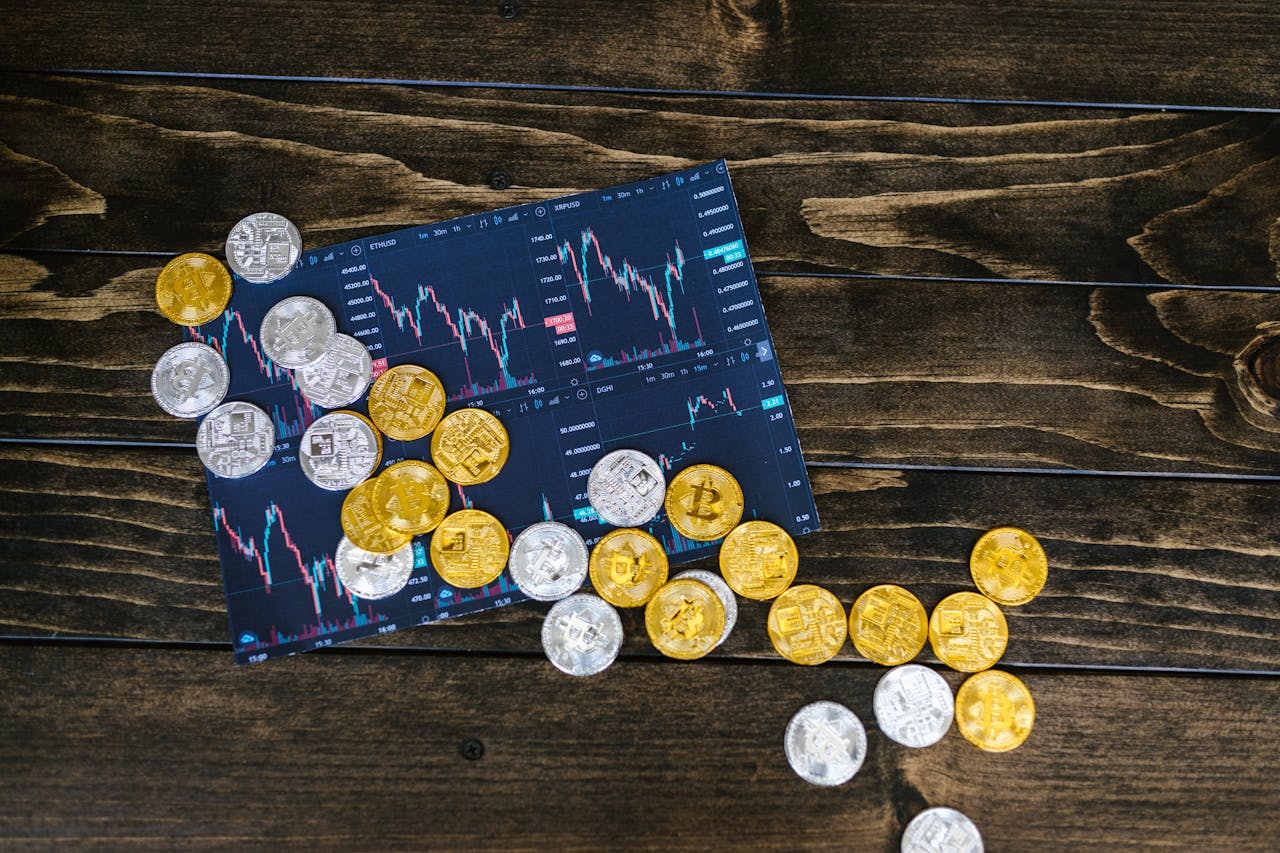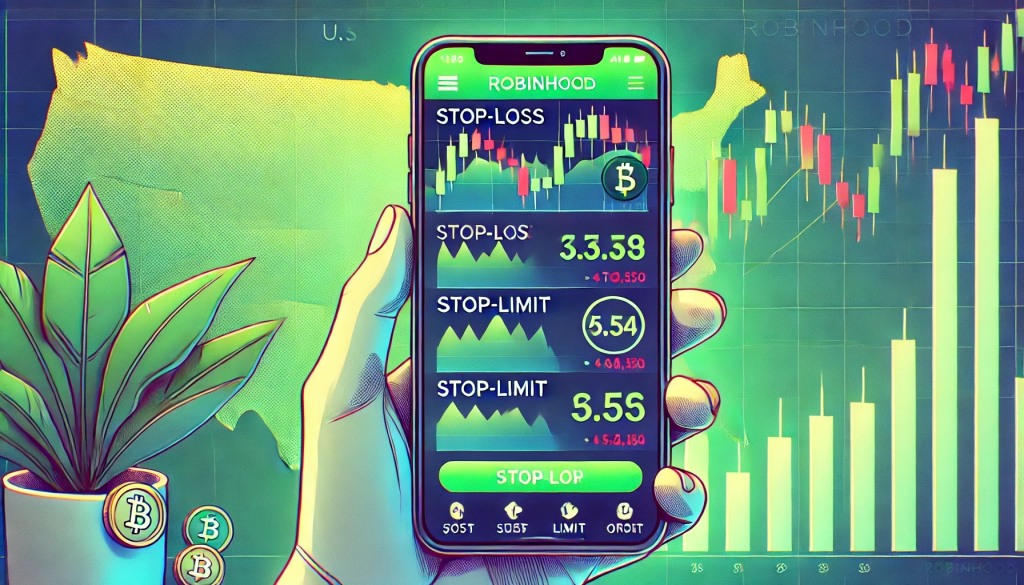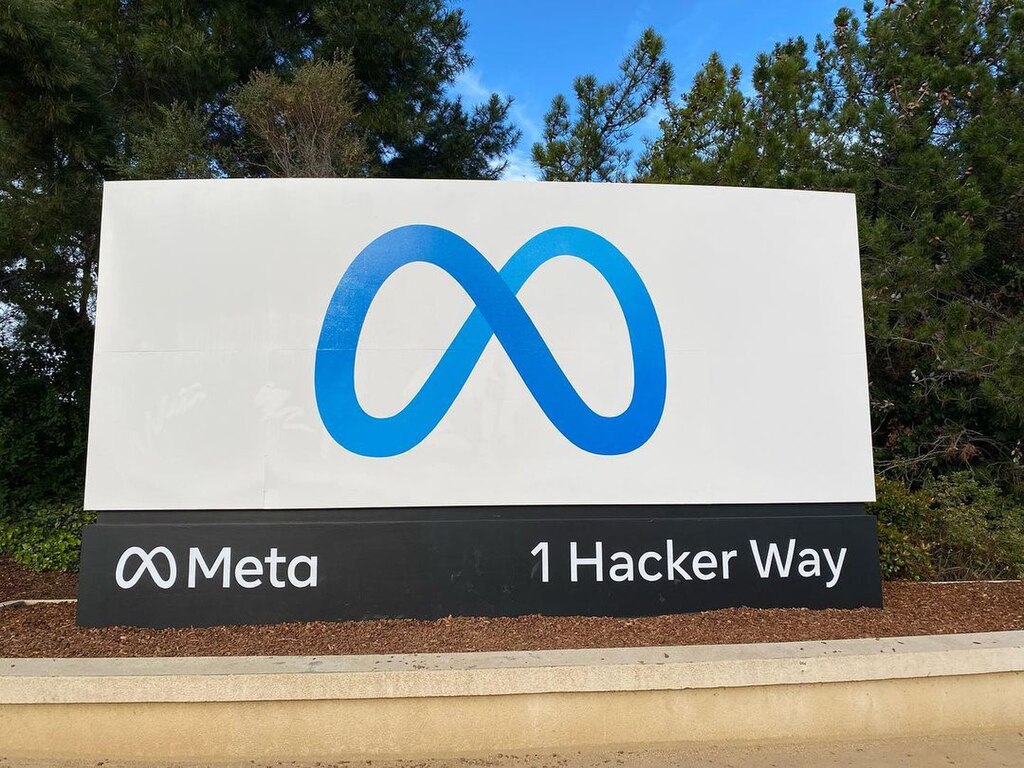The Vanguard Group is harnessing the latest technology to improve its transaction processing. The Valley Forge, Pa.-based investment company has partnered with technology provider Symbiont, to create a blockchain pilot for foreign exchange (FX) transactions.
Vanguard’s foreign exchange pilot ran on Symbiont’s Assembly blockchain, according to Coindesk. The pilot was participated by State Street and BNY Mellon as counterparty banks and custodians while Vanguard and Franklin Templeton acted as dealer banks.
The pilot is Vanguard's way of exploring how distributed ledger technology (DLT), also known as blockchain, can be applied to foreign-exchange forward, according to PR Newswire. The system is expected to bring workflow efficiencies and transparency to the OTC currency market.
In the pilot, Vanguard’s team simulated 30-day FX forward contracts with participating partners. Symbiont’s foreign exchange lead Joe Ziccarelli expects Vanguard’s new blockchain-based FX platform to go into production in the third quarter of 2020.
“The pilot has helped to prove out some of the capabilities that address areas of uncompensated risk in collateral-linked instruments like FX forward contracts,” Vanguard spokeswoman Melissa Kennedy said. “Over the next twelve months, we will continue to build our capabilities on the platform with our partners.”
The FX blockchain-based pilot is proof of Vanguard’s push in using DLT to streamline and improve its processes. “For more than two years, we've been developing blockchain use cases to help transform the capital markets,” Warren Pennington, principal and head of Vanguard's Investment Management FinTech Strategies Group, said. “The current environment emphasizes the need to streamline, automate, and secure critical business processes. When procedures are highly reliant on manual intervention and disconnected operations, it makes the markets vulnerable to disruption from crises and even simple manual mistakes.”
One of the biggest advantages in the new platform is that could drastically reduce risk exposure. “[Currently] you are two or three days removed from being protected against the sort of underlying credit risk that’s associated with those transactions,” Ziccarelli said. “Now you can be protected in as soon as the last calculation period.”

























Comment 2